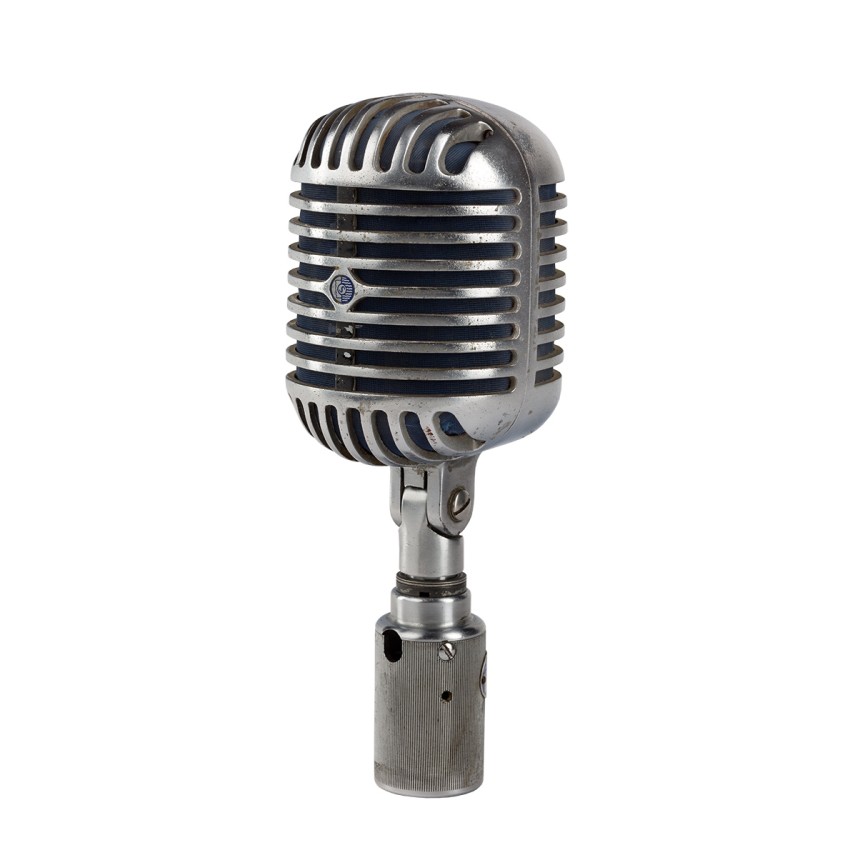New Materials
In 1907, the Belgian Leo Hendrik Baekeland submitted his first patent for a fully synthetic plastic, which subsequently became known under the trade name Bakelite. It is a pressure-moulded phenolic resin, which, as a thermosetting plastic, is resistant to heat and electricity and is also very inexpensive to manufacture. In the early 1930s, it was therefore discovered to be ideal for radio casings and shaped the design of early radios with its vocabulary of forms.

After the Bakelite patent for the manufacture and processing of phenolic plastics had expired in the late 1920s, the American Catalin Corporation further developed the material: the cast phenolic resin with the brand name Catalin was launched in the early 1930s. The jewel among plastics could be produced in many bright colours and with marble effects.

Another new material of the modern age is aluminium. Although this light metal was discovered at the beginning of the 19th century, it wasn’t introduced into industrial mass production until the early 20th century. The best-known product in the context of design is the Landi stacking chair designed by the Swiss artist and designer Hans Coray for the 1939 Swiss National Exhibition (Landi): The aluminium seat shell can be shaped in just one processing step and punched with the typical 91 holes.
